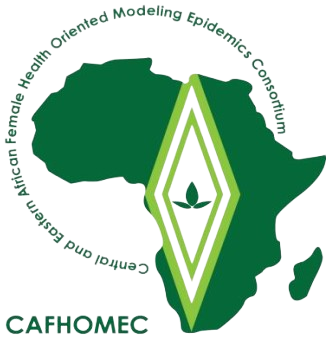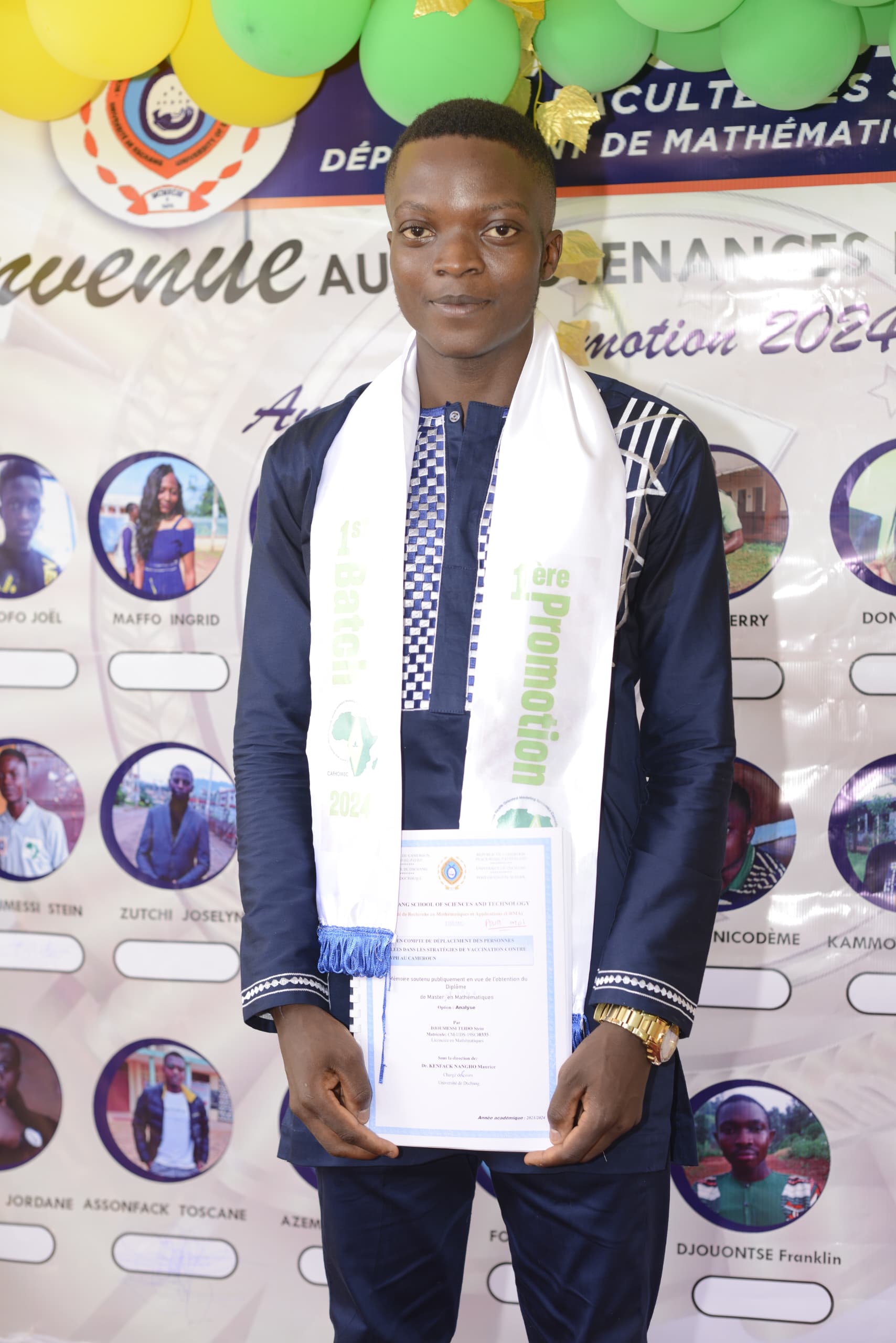In many low- and middle-income countries in Sub-Saharan Africa, people frequently move from place to place, which can complicate vaccination efforts. Unlike high-income countries, where vaccination strategies have successfully reduced infections, managing vaccination in these regions is more challenging.
This study examines how people’s movement affects HPV vaccination strategies by creating a mathematical model that includes movement as a factor. The model uses reaction-diffusion equations to simulate how people moving between locations influences vaccination efforts.
The analysis reveals that if the movement is constant (people move at a consistent rate), it has a minimal long-term impact on vaccination effectiveness. However, if the movement rate varies (people move at different speeds or frequencies), it significantly affects vaccination strategies and the potential to eliminate the disease.
The developed model provides valuable insights into how movement influences vaccination coverage, helping to adjust policies for better vaccination outcomes and ensuring optimal coverage.












